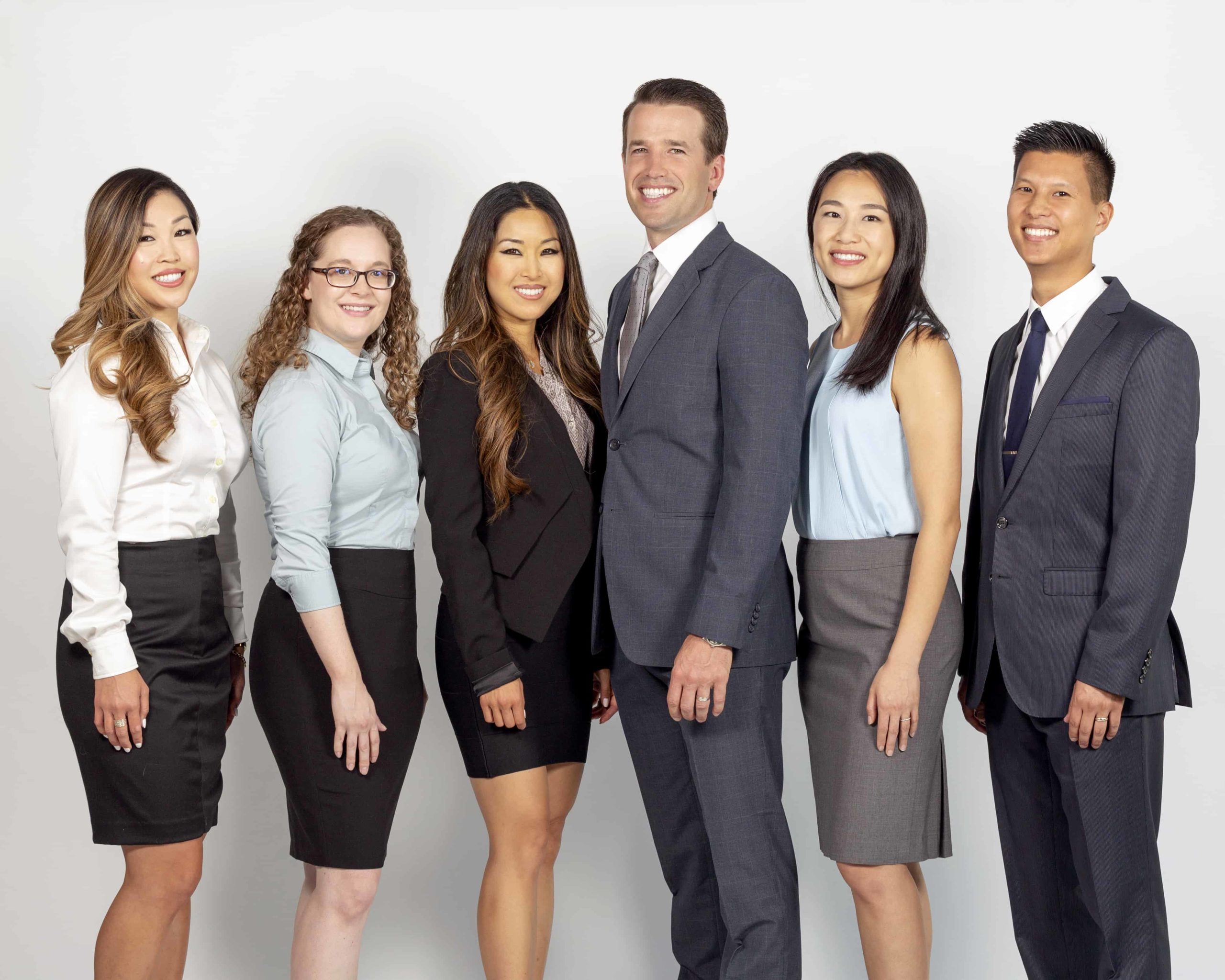Tooth extractions are never convenient, and if you travel for work or have planned a vacation, it can be even more difficult to make time to get it taken care of. While flying after a tooth extraction is safe, cabin pressure or changes in altitude can intensify minor discomforts. Keep reading to learn what possible complications lie ahead and how to manage them.
SWELLING
Inflammation is very common after the removal of a tooth. If you are planning to fly soon after a dental procedure, it is a good idea to bring a small gel ice pack in your carry-on luggage and pack a few in your checked bag. According to the Transportation Security Administration (TSA), reasonable quantities of medically necessary gel ice packs are allowed through the security checkpoint regardless of their physical state (slushy, solid or mushy). Just let the TSA officer know that you have them when you go through the screening process.
DRY SOCKET
After a tooth extraction, a blood clot forms over your removal site to protect your newly exposed nerve endings and helps your gums heal. A dry socket occurs when this clot becomes dislodged, causing discomfort and delaying healing. Flying soon after an extraction increases the risk of developing dry sockets, so be sure to pack gauze and a bottle of room-temperature water to gently rinse with (avoid mouthwash unless your dentist has prescribed an antibacterial rinse). Also, make sure to only eat soft foods, stay hydrated and avoid using straws.
BLEEDING
Experiencing bleeding after a dental extraction is to be expected. This can typically be managed by covering the extraction site with gauze and applying steady pressure by biting down. Cabin pressure will not cause you to bleed more. But if you have a long flight ahead, try to get a seat near the lavatory so it’s more convenient to gently rinse your mouth and change out your gauze.
PAIN
Cabin pressure changes caused by the increase in altitude can intensify any aches or pain at your removal site. It’s a good idea to take any over-the-counter medication recommended by your dentist before boarding the plane; this will help minimize any discomfort that lies ahead. Using a cold pack will also assist with managing pain. Alternate between holding it to your cheek for 25-minutes and removing it for at least 5 minutes.
Whether you are flying immediately following a tooth extraction or a few days after, your dental care should be the same. Just make sure you have everything you need before your flight and keep your dentist’s phone number handy, in case you run into issues or have any questions.
About the Practice
The doctors at Breckinridge Dental & Orthodontics provide all patients with quality, comprehensive dental care. Drs. Nathan and Christine Coughlin practiced dentistry in California and Dallas for many years before opening their practice. This husband-and-wife duo and their team of dentists offer many services that include dental extractions and DentalVibe, a solution to anxiety related to needles during dental procedures. For more information on these or any other services, visit the website or contact the office at (972)737-9159.







add a comment
+ COMMENTS